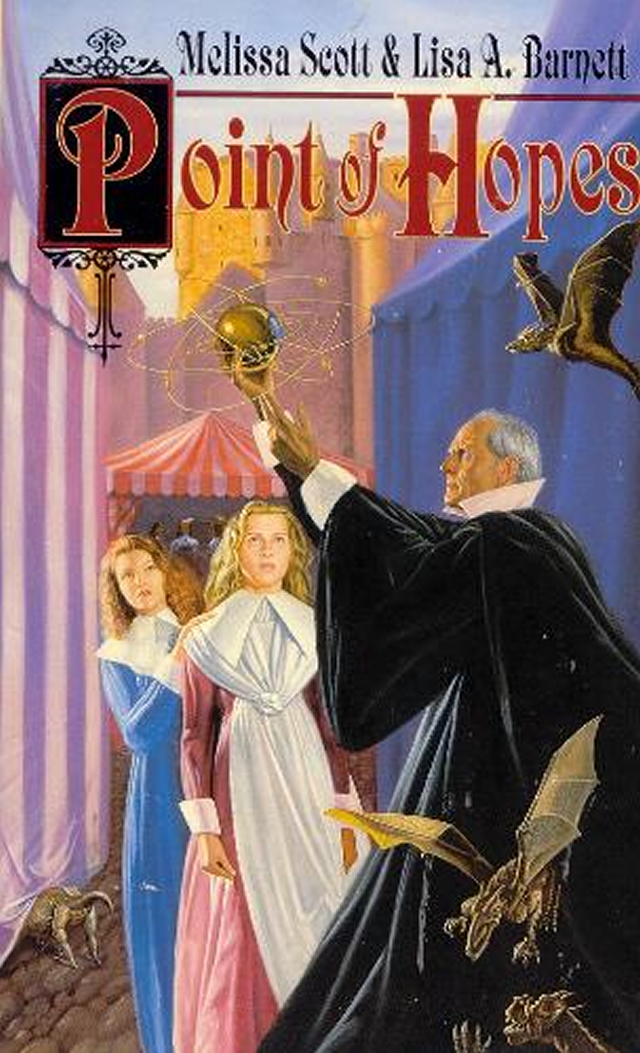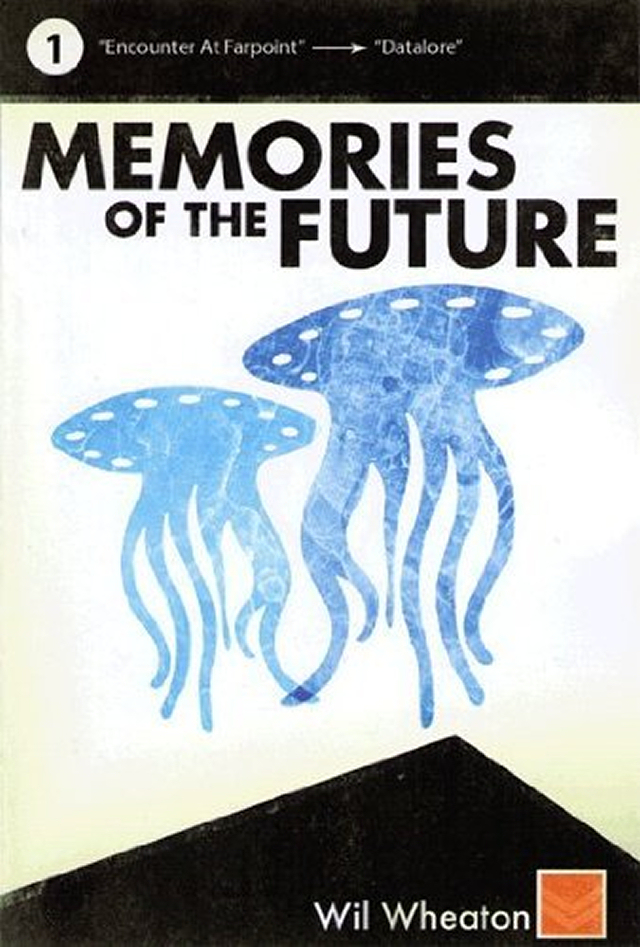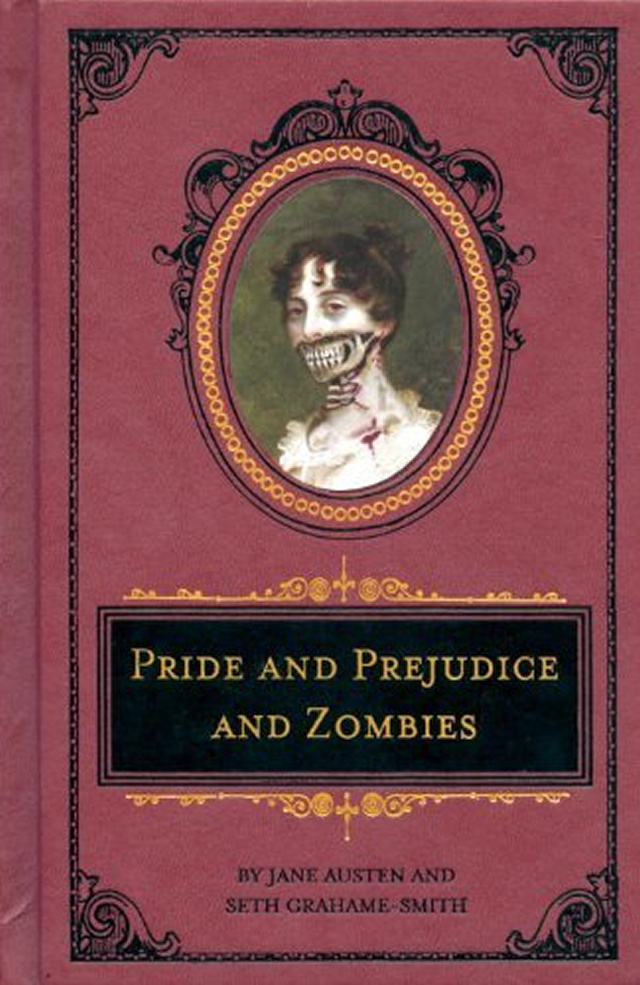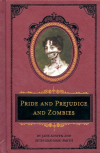 The Plot
The Plot
NYPD Detective Nikki Heat has two problems: a dead Donald Trump clone whose murder she has to solve, and a journalist who’s tagging around with her while she does it. Plus, it’s really hot out.
My Thoughts
So here we have a somewhat average modern-day mystery-thriller. I’m not exactly a connoisseur of these sorts of books; I much prefer the type of mystery that is generally referred to as ‘cozy’ or (more accurately) ‘puzzle’. I’m not entirely sure where the cozy is meant to be — murder is not exactly warm and fuzzy even if Jessica Fletcher is the one investigating.
It’s short, hardly worth the cover price at a mere 197 pages. It has a few elements of a caper/humorous sort of mystery (a la Stephanie Plum) but it wants to be more hardcore than that. And if that were all this was, then Heat Wave would be pretty readily dismissible, an okay book in a crowded genre, devoured by a few and just as quickly forgotten.
But Heat Wave has a slightly more interesting pedigree: its author, Richard Castle, is himself a fictional character on the television show Castle. So it must be evaluated on this second level as well, as an offshoot of the fictional New York City established in the Castle universe.
For anyone unfamiliar with the television series, the premise is that the best-selling author Richard Castle, friends with the mayor of New York, wants to start writing a new series starring a female detective as his lead character. Through his friendship with the mayor he is given the privilege of tagging around with a NYPD detective. A hot female detective. His new character will be based upon her. Their relationship is defined by banter, some of it friendly, some of it not so friendly, some of it flirty, some of it not so flirty. He uses his authorial contacts and imagination to help her fight crime, she puts up with him and the fact that he bestowed upon his new character the porn-star name Nikki Heat.
Looking at the book as if one is living in the Castle-verse, there is more of interest: not so much the plot, but the subtext. Though Castle and Beckett are not romantically involved on the show (and one hopes the writers are smart enough to avoid allowing this to happen in the future), Castle’s self-insert book character, Jameson Rook (ha ha), manages to do some self-inserting with Nikki well before the mystery wraps up. Does this mean Castle secretly (or not so secretly) wants Beckett? Is he just showing her what she’s missing out on? Is it all a big fake out? Who knows. But it’s this sort of meta-pondering that made the book interesting and not the fairly tired plot. (I mean, come on — the identity of the ultimate criminal was a cliche. It could hardly have been more obvious.)
In Short
For fans of the television series Castle, this book is really a must read. It adds a new depth to the characters (Richard’s especially) and raises questions which can now be examined on the show now that it’s received a full second season order. For fans of mystery-thrillers, eh. By no means is this bad; it’s a decent representative of its type — but it is also very short. I don’t know if there are plans to continue the Nikki Heat series in the real world (in the Castle world more books have been contracted for), but unless one is watching the show I’m not sure it would be worth getting invested in the characters for a mere 200 pages.



 The Plot
The Plot
 The Plot
The Plot
 The Plot
The Plot